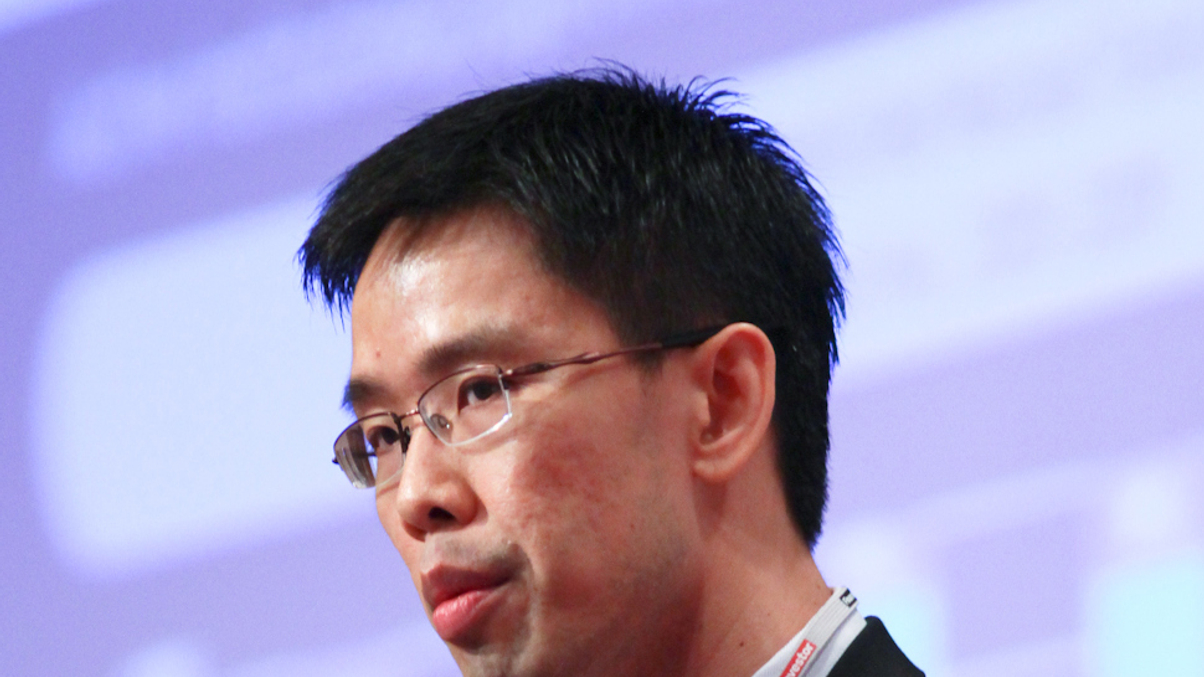Thailand’s trigger-fund trend tipped to slow
The Thai bourse has been on a tear and trigger funds have flooded the market. But Cerulli expects competing products to emerge in 2013 as the phenomenon runs out of steam.

A wave of trigger funds launched to capitalise on Thailand’s surging stock exchange is tipped to thin out in the second quarter, with the market rise seen as unsustainable.
Sign In to Your Account
Access Exclusive AsianInvestor Content!
Please sign in to your subscription to unlock full access to our premium AI resources.
Free Registration & 7-Day Trial
Register now to enjoy a 7-day free trial—no registration fees required. Click the link to get started.
Note: This free trial is a one-time offer.
¬ Haymarket Media Limited. All rights reserved.


